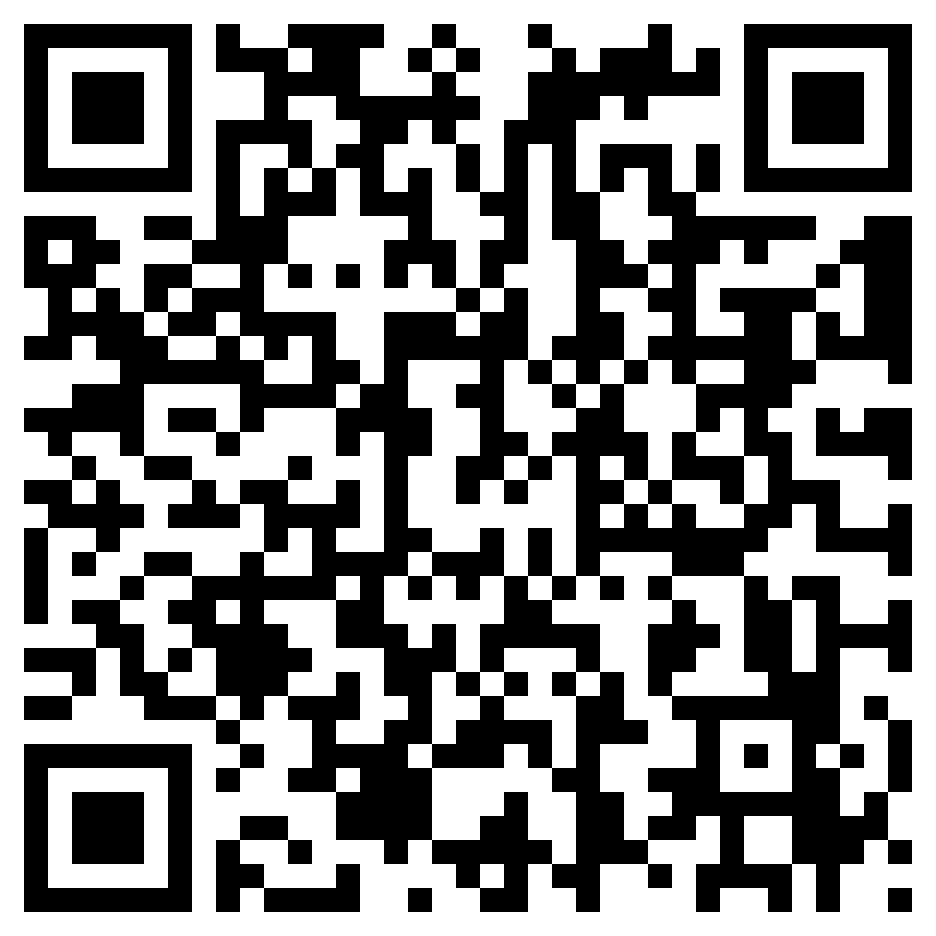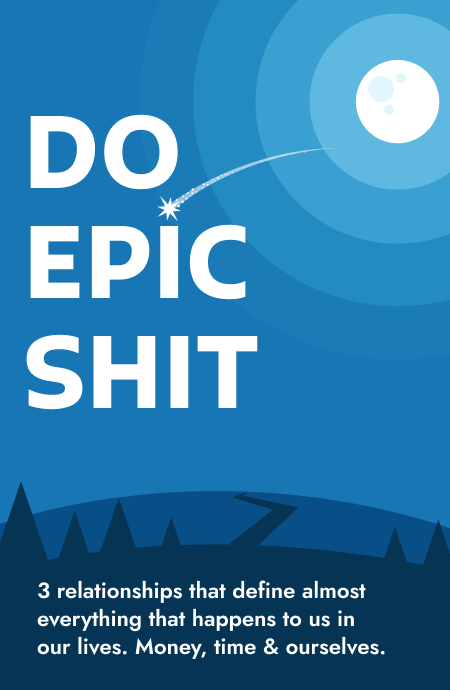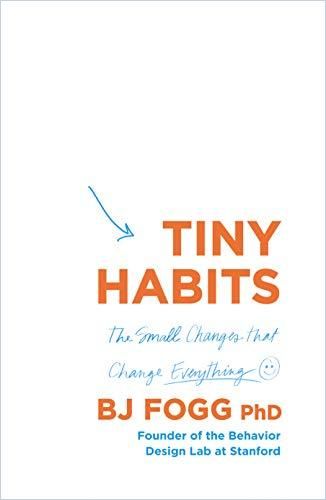Lesson 1. Habits are simple routines that we follow, to save time and effort.
In the late 1990s, some researchers from MIT decided to perform a study on mice, to find out more about how habits are formed. The test was simple: there was a piece of chocolate placed at the end of a maze. The maze was T-shaped, and the mice had to figure out a way to that chocolate. During this, the researchers were monitoring the brain activity of the mice using some special equipment.
When the mice were introduced to the maze, their brain activity peaked. This was because it was a very new experience for the mice, and they were trying to figure out where the chocolate was. During the course of this experiment, the researchers found out some interesting things. As the mice became familiar with their surroundings and memorized where the chocolate was, their brain activity started decreasing.
This happened because, after repeated experiments, the mice memorized the pattern and figured out what they had to do. This process of converting a set of actions into a routine is called “chunking”. It allows the brain to save energy and work more efficiently. According to this, even the most complex tasks can be converted into a habit.
In short, any habit can be split into three parts:
Firstly, you feel or sense an external cue or stimuli, which forces your brain activity to increase. This happens because the brain is deciding the habit which is most suitable for that particular situation.
Next is the routine. Your brain has memorized this activity or function, and you can perform this without even paying attention.
Third is the reward, which is basically a feeling of satisfaction or success, after the completion of an activity.
Lesson 2. Habits are hard to kick, because you develop a craving.
Getting rid of a bad habit is very tough. This is because you have developed a craving for that routine and the reward you get at the end of that routine. Wolfram Schultz, a neuroscientist, conducted a research in the 1990s, that revealed how the brain works in these scenarios. The test subject was a macaque monkey named Julio. Julio was placed in front of a screen, and his only task was to pull a lever whenever the screen showed some colored shapes. His reward for completing this task each time was a drop of blackberry juice. This was because Julio loved blackberry juice.
During the initial stages, Julio paid no attention to the screen,
Unlock Knowledge with Wizdom App
Explore a world of insights and wisdom at your fingertips with the Wizdom app.
 1 Million+ App Download
1 Million+ App Download  4.9App Store Rating
4.9App Store Rating 5000+Summaries & Podcasts
5000+Summaries & Podcasts









